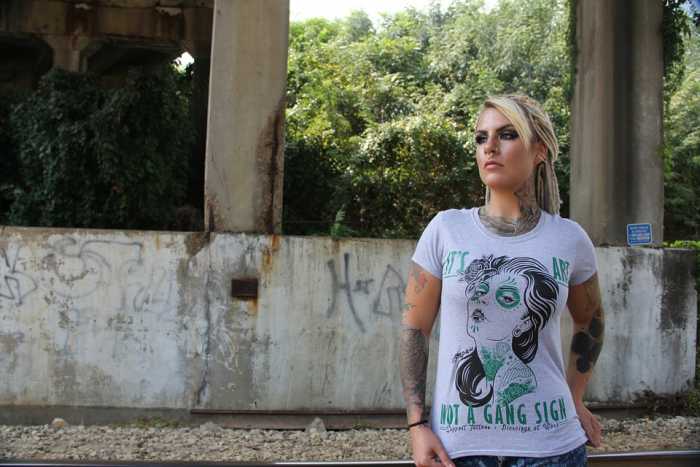There may be different kinds of piercings today, but many of these piercings have their origins in history – and their cultural significance as well. Of course, we’ve all heard of ear piercings, and these have been popular since ancient times, but more recently, septum piercings have become the trend, too. A septum piercing is essentially a piercing in the nose, particularly the area of the septum (as its name implies), and you will often find a lot of people – men and women alike – sporting septum rings as a fashion accessory or, for the edgier ones, a chance to make a definite statement.

But did you know that septum rings (also referred to as bull-ring piercings, for obvious reasons) have been used as jewelry for generations in different cultures? If you’re thinking of getting a septum piercing but haven’t quite gotten around to making up your mind, you may want to know a little bit about its history – who knows, it may attain a new significance for you after you’ve read about its use in the history of different cultures as well. Here’s what you should know about the cultural and historical significance of septum rings – and why they rock.
The septum piercing and its difference from the nostril piercing
It may interest you to know that piercing of the septum is the second most popular type of piercing done by primitive peoples, second only to ear piercings. The septum piercing is different from the nostril piercing in that it’s done on the septum (the middle part of the bottom of the nose, in between the nostrils), while the nostril piercing is done on either one nostril or the other. Many ancient people preferred septum piercings to nostril piercings because the septum skin could be stretched more than the nostril, paving the way for the insertion of larger accessories such as wood, bones, and even animal tusks.
The relevance of septum piercings in Native American and other cultures
The popularity of septum piercings in Native American tribes is evident from early on. Tecumseh, a famous Shawnee leader, looked particularly awesome with his septum ring, and even people from the Solomon Islands and New Guinea have rocked septum rings for years. The Irian Jaya tribe of Asmat considered the Otsj as the most popular piece of septum jewelry they had, as it was large and made of bone. In fact, the Otsj was often made from the bone of a pig’s leg, which made them quite large, but they could also be made from the bones of the tribe’s enemies who were killed in battle. For this, the tribe preferred making use of the tibia bones of their enemies. How amazing is that? Nowadays, of course, we don’t have anything as extreme, but this only proves the historical and cultural significance of septum rings for many people.
The Mayans, Incans, and Aztecs also used septum rings, and their rings were often made with jade and gold due to their significance to their religion. Aside from this, septum rings are popular in countries like Nepal, India, and Tibet, and in Nepal, users wear what are known as Bulak jewelry or rings, which are very decorative and sometimes so large that the user has trouble eating if they don’t remove the piece of jewelry from their septum.
Fortunately, you don’t have to suffer in the name of fashion today. Nowadays, the septum ring is readily available in different designs, and they aren’t so large and cumbersome, either. If you want to make a great fashion statement, you can choose from a wide variety of septum rings, some plain, and some with stones such as amethyst, black onyx, blue opal, cubic zirconia, garnet, and pink coral. They also come in gold or silver, and with the right septum ring, you can definitely rock your look and stand out from the crowd.










